OPEN FOR SUBMISSIONS: Celebrating Ontario’s Embodied Carbon Leaders
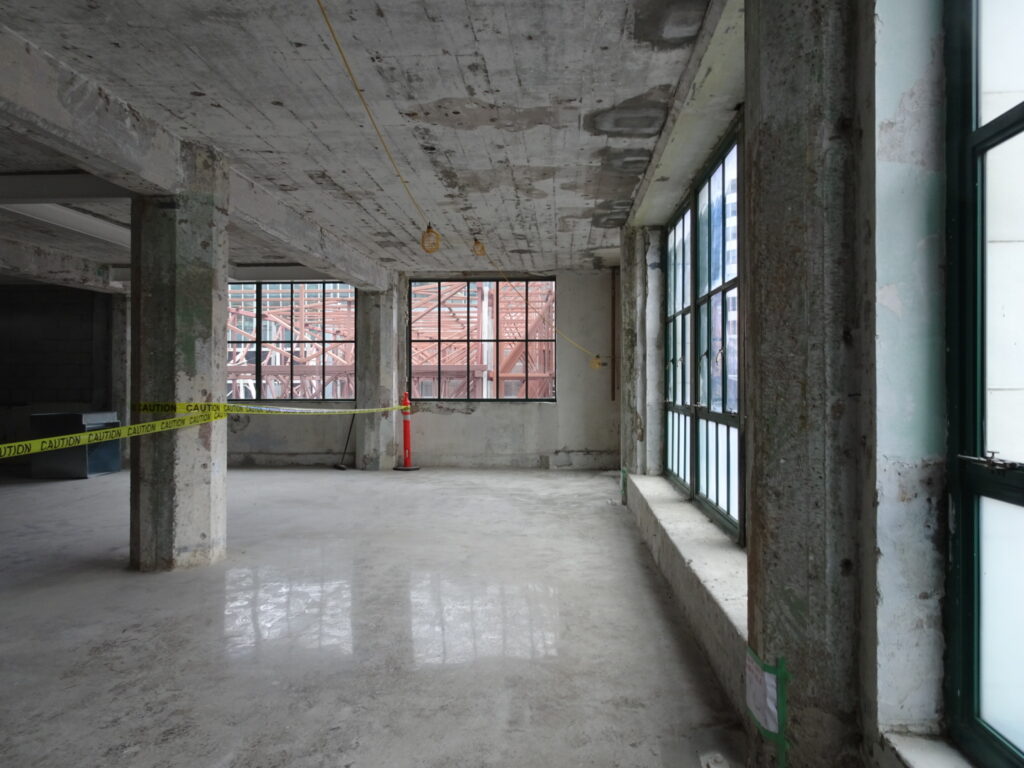
The Ontario Embodied Carbon Awards was established to celebrate the achievements of low embodied carbon projects in Ontario. This awards program was crafted to inspire creativity and empower project teams to prioritize the reduction of embodied carbon emissions. CLF Toronto and CLF Ottawa are local hubs of the Carbon Leadership Forum (CLF, previously the Embodied […]
National Trust for Canada: How Heritage Matters | Two Questions, Ten Takes

For the 50th anniversary of the National Trust and for the recent issue of the organization’s newsletter Locale, a variety of heritage professionals from across the country were asked the poignant question “Why do heritage places still matter?” and “What does the future of heritage conservation look like?” The National Trust is an independent national […]
Centretown West: An Urban Neighbourhood in Flux with Heritage Ottawa

This Sunday, August 13th, TRACE architectures Emily Guy is presenting a walking tour of Ottawa’s Centretown West neighbourhood. This tour is part of Heritage Ottawa’s Walking Tour Series for 2023. Centretown West is one of Ottawa’s densest urban neighbourhoods and has been a hub for immigrant communities for over 100 years. Waves of newcomers have […]
Serving Sandy Hill: Proposal Unveiled for All Saints Church
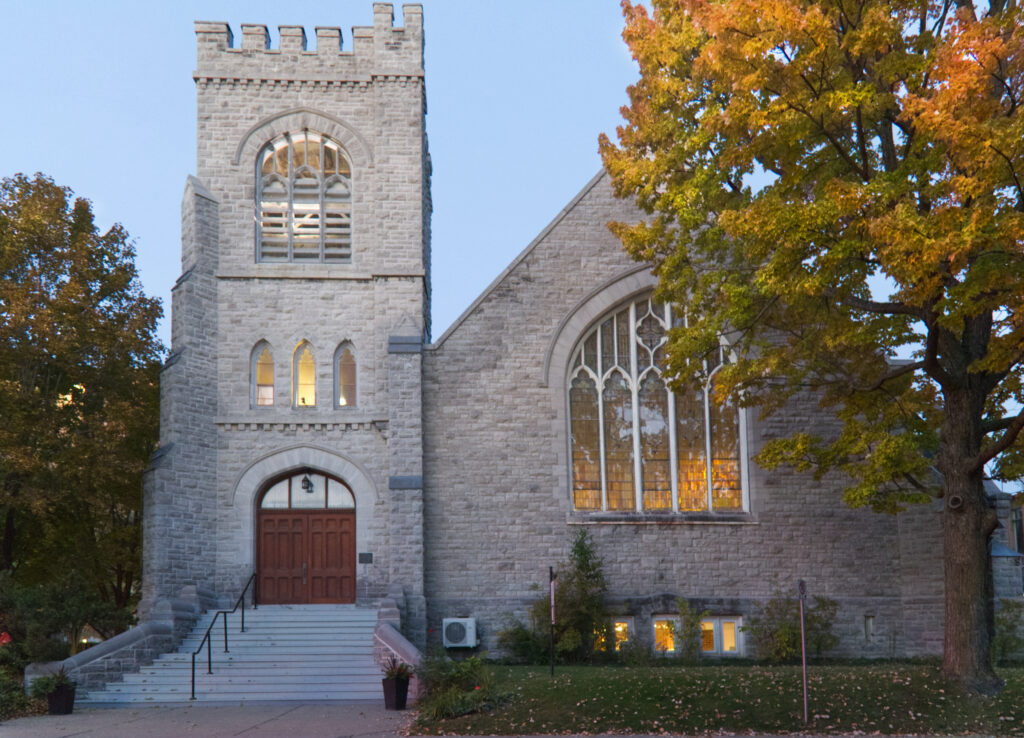
In 2017, TRACE was retained to develop preliminary design concepts and massing studies for the All Saints Church in Sandy Hill, now known simply as allsaints. A recent proposal for the site includes the construction of a nine-storey condo, connecting the east side of the church along Blackburn Avenue and the greater Sandy Hill neighbourhood. […]
Rural Spotlight: Rideau Lakes Heritage Matters Event
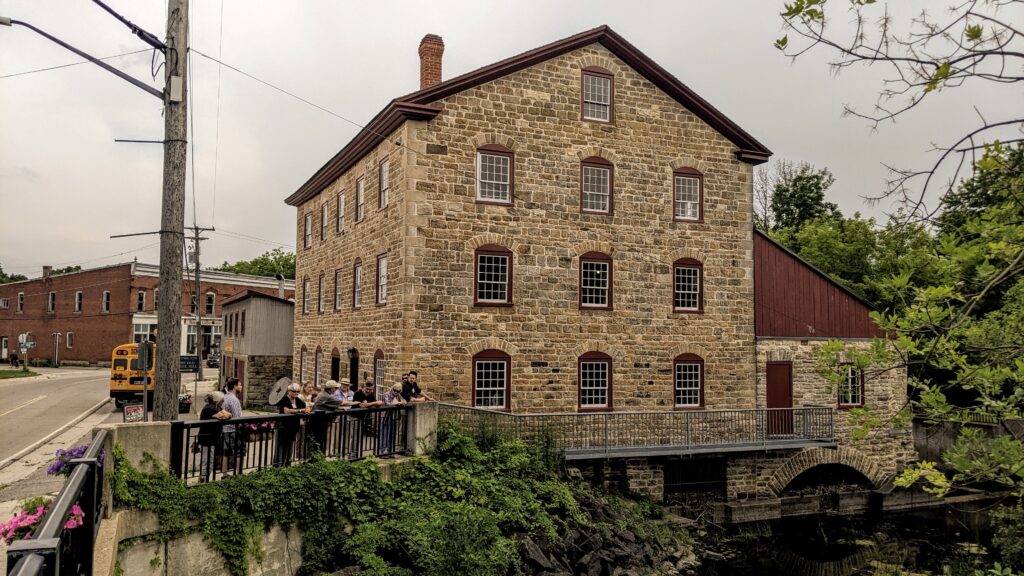
TRACE architectures is committed to supporting rural communities in their efforts to protect their built and natural heritage. We take pride in highlighting the essential role architecture and conservation legislation plays in preserving and celebrating the rich rural built and natural heritage nestled between Ottawa and Kingston. The Rideau Lakes Heritage Matters event was an […]
Celebrating Local Indigenous Design
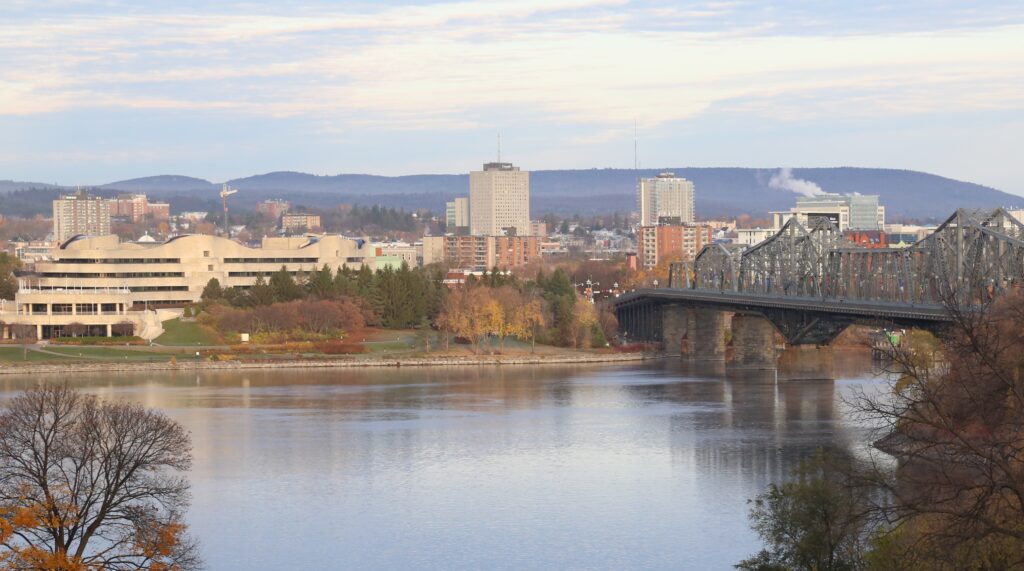
As we acknowledge June as Indigenous Heritage Month in Canada, heritage specialists in the field of architecture should reflect on the rich history, heritage, resilience and diversity of Canada’s First Nations, Inuit and Metis Peoples. In the ancestorial and unceded territories of Anishinaabe and Algonquin Peoples, the National Capital region is home to Indigenous Peoples […]
TRACE @ SSAC Conference 2023: What’s the Future for Concrete in Ottawa?
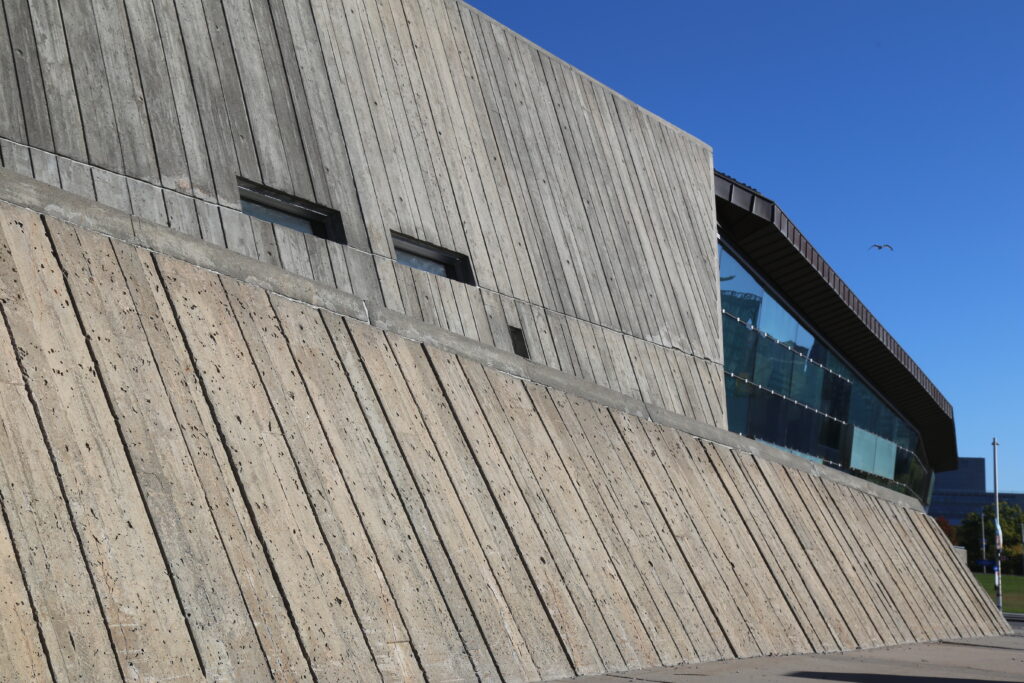
In June 2023, Catherine was invited to present a paper session at the SSAC 2023 Conference in Calgary, AB, on the topic of concrete conservation in the National Capital Region. This year’s SSAC conference’s theme was Cast-In-Place, exploring the impact of concrete on Canada’s built environment. The theme brought sessions beyond concrete, reflecting on multidisciplinary […]
Places of Pride: LGBTQIA2S+ Narratives in Heritage

Heritage buildings are not just physical structures – they are vessels that carry stories from the past. As we celebrate Pride Month, it is important for us as heritage professionals to shine a light on the often overlooked narratives of the LGBTQIA2S+ community that exist within and among these historic places. Since our work at […]
Change and transformation: a brief history of Ottawa’s Chinatown
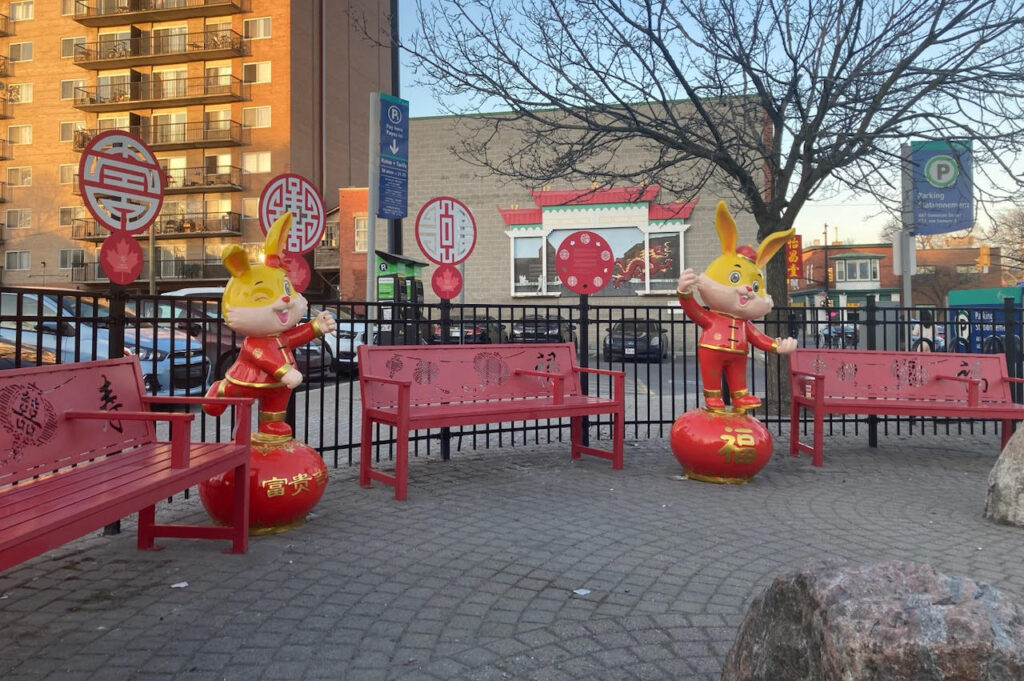
May is Asian Heritage Month in Canada and TRACE architectures is exploring Ottawa’s evolving Chinatown neighbourhood, a diverse and changing part of the City’s Centretown West neighbourhood. Ottawa’s Chinatown is located along Somerset St. West of downtown Ottawa between Bay Street and Preston Street. In the early 20th?century, the area was predominantly a mix of Irish and Italian influence, […]
Reuse in a city of demolition: Mark Thompson Brandt to speak at ULI Spring Meeting in Toronto, May 16-18
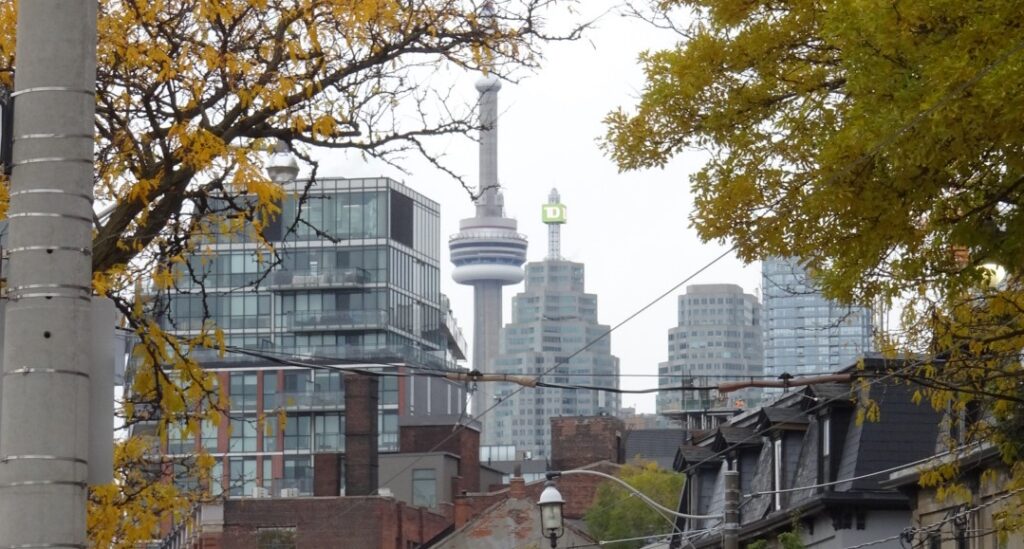
The Urban Land Institute (ULI) is a global network of professionals in every sector of real estate development and land use, from private enterprises to public service, who are on a mission to shape the future of the built environment for transformative impact in communities around the world. As the oldest and largest cross-disciplinary group […]
